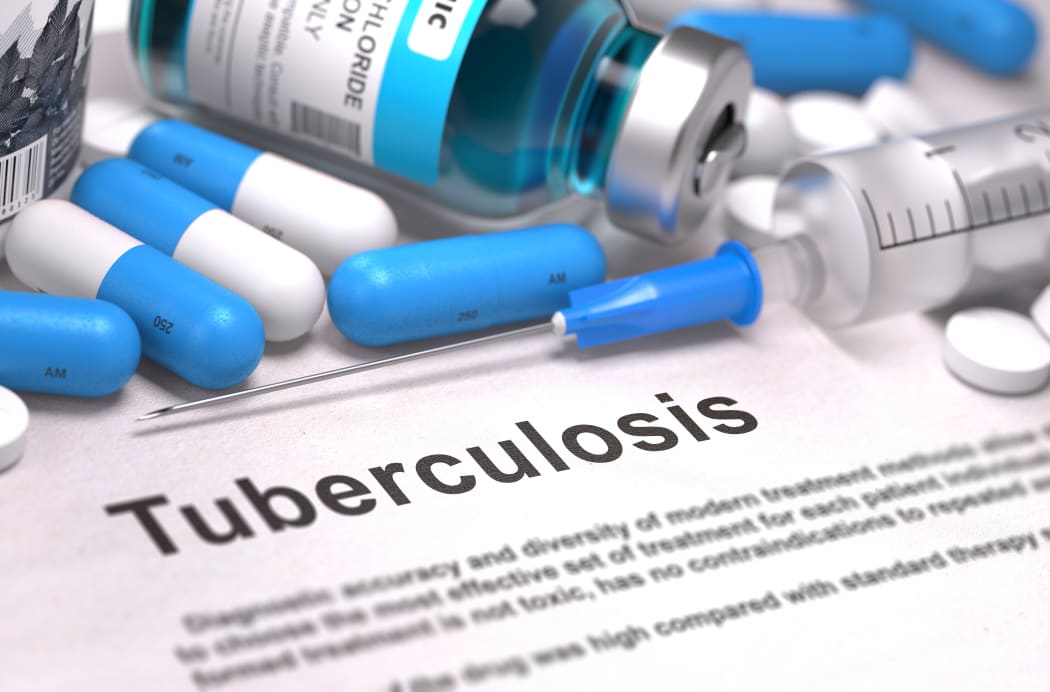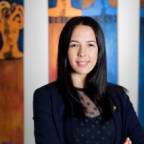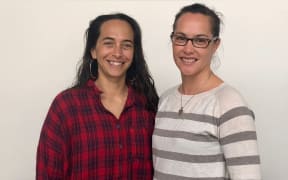Māori are eight times more likely to get tuberculosis than Pākehā.

Photo: 123RF
New Zealand has low overall rates of tuberculosis, however Māori make up about 45 percent of the roughly 60 locally born cases each year.
Last year, it killed one person and a further 167 ended up in hospital.
The dormant TB infection has no symptoms and is not contagious, but between 5 to 10 percent of people who have it will develop the disease.
International expert Philip Hill said that up to half of older Māori could carry the dormant TB infection without knowing it.
"Māori people, the more I speak to, very often will say my grandfather, my father or my uncle died of TB.
"If you are exposed to a TB case, there is a good chance that you will become infected.
"Most of the time you won't get sick from that. Only about 5-10 percent develop the disease, but that can occur over any time from then for the rest of your life."

Otago University's Philip Hill. Photo: Supplied.
The problem is that no one knows how many people carry the dormant infection.
TB can cause fevers, night sweats and weight loss. It is a bacterial infection that often attacks the lungs and causes patients to cough up blood.
It is treated with a six month course of antibiotics, but the dormant infection is much easier to treat.
Professor Hill is assessing the feasibility of a nationwide study to identify Māori with a dormant TB infection.
"My gut feeling is that we will probably find an increasing amount of latent TB infection with increasing age.
"I would expect that between 10 and 50 percent of older Māori above the age of 50 may well be infected - but that is a wide range estimate."
The Waikato District Health Board sees two to four patients with TB every month.
"It is not common but it is not rare," said Dr Nina Scott, the clinical director of Māori health.
"The disparities in TB are huge. This is not a disease of white people, it is a disease of colonisation. It is a disease of Māori and migrants."
In the 1800s New Zealand was advertised as a place to come and recover from TB, she said.
"A lot of the reasons why [Māori] were dying out was because of TB. We had no resistance to it and people were coming from all over the world bringing their TB.
"We need to find out what the underlying rate of latent TB is in the Māori population. We don't even know the basics, that's why we are doing this research."
New Zealand has a low overall rate of the disease - about 300 cases a year - with more than three quarters of them from overseas.
But Māori make up almost half of the 60 locally born patients. Last year, three young children got TB, and they were all Māori.
ESR's Jill Sherwood said we do well to identify active TB and to treat it, but our numbers have not come down in the past decade.
"People should be concerned and understand that there is a lot of TB infection around the world.
"We need to make some decisions about how much resource we have to address that issue to prevent new cases of TB disease."
ESR is releasing its latest TB report today.




